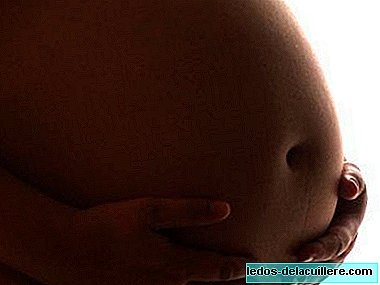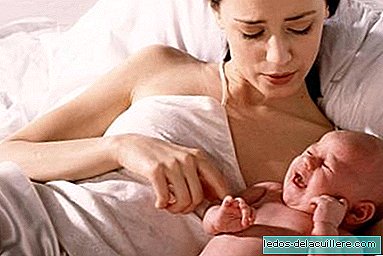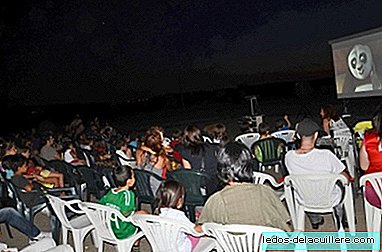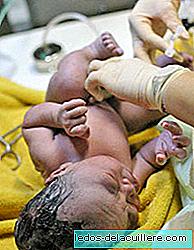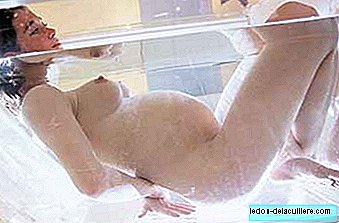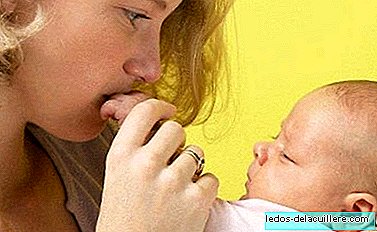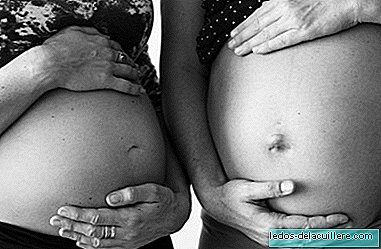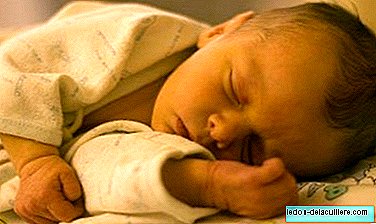
It is usually related to caesarean section with a greater predisposition to certain diseases such as asthma or celiac disease. An interesting explanation in this regard has been given by a recent study that links the way to be born with the first bacteria that the baby harbors at the time of delivery.
Microbial communities in humans are extremely important in digestion and in the function of the immune system. It is very striking how birth by caesarean section or vaginal route determines the type of microbial communities that babies harbor, conditioning their future health. Depending on the way it is born, the baby may be protected differently against various diseases.
According to the researchers, children born vaginally present communities of benign bacteria present in the mother's vagina, while children born by caesarean section have more generic bacterial communities present in the mother's skin, which makes them more susceptible to certain pathogens, allergies and asthma.
Before birth the baby is in the amniotic fluid, a sterile medium that protects it from infections. However, when the amniotic bag is broken at the time of delivery (in some cases for minutes and in others for hours) babies are colonized by millions of bacteria, viruses and other microorganisms.
That is to say, the first bacteria that the child receives are conditioned by the way he comes to the world. At birth vaginally, the direct transmission of vaginal bacteria could act as a protective shield in the newborn by limiting the colonization of more harmful bacteria.
It is very logical to think that when the mother does not harbor the same bacteria in one or another part of the body, the child, until that moment sterile, is impregnated with the bacteria that the woman usually hosts in each of them. And this, in turn, would have implications for their health throughout their growth and development.


